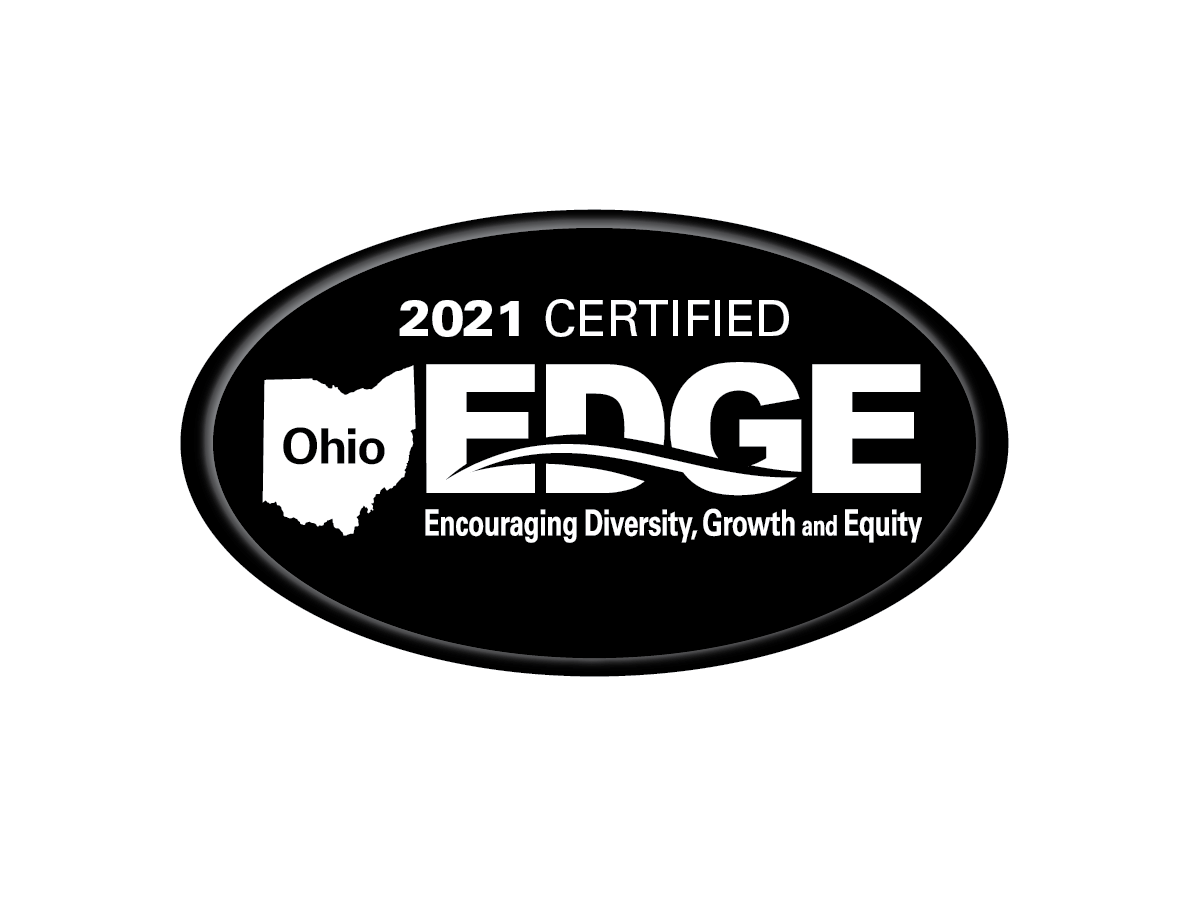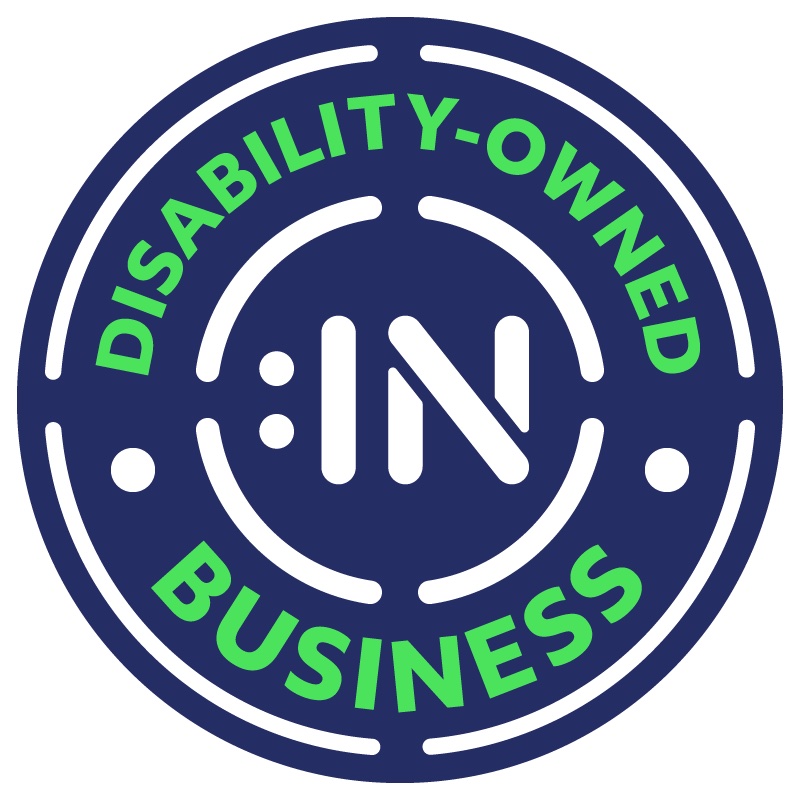Current Openings
STUDIO DIRECTOR
PROJECT MANAGER
PROJECT ARCHITECT
See below for descriptions.
Send resumes to: info@dsarchitecture.com.
No calls, please.
DS Architecture is committed to building a team of multi-disciplined staff, with diverse talents and expertise in a variety of project typologies. Working with clients at the forefront of their industries, we continually strive to be a premier design firm in Northeast Ohio.
WE DESIGN FOR THE FUTURE AND HUMANITY
Facilities should naturally support human engagement in collaboration, service and discovery. Our goal is to enhance these experiences by breaking down both physical and perceived barriers to create a place in which individuals and groups can produce results and inspire together.
A functional space with flexible uses and a comfortable environment enables people to take ownership of their surroundings, stimulating focus and creativity. Because productivity is the health of a building, we will work to understand all respective needs and goals so that each project is successful.
STUDIO DIRECTOR
BASIC QUALIFICATIONS
- Registered Architect
- A desire for continual personal growth by learning from staff and clients, a proven leadership on successful projects, and an aspiration to share knowledge from their experiences
- Strong management skills, patience, approachability, and strong organizational skills
ADDITIONAL QUALIFICATIONS (NOT MANDATORY)
- AIA Credential
- LEED Accredited Professional
- REVIT knowledge
EXPERIENCE REQUIREMENTS
- Candidate must have the ability to show strong competence in understanding the full spectrum of the architectural process
- Candidate should have ten to fifteen years of experience working in a professional architectural firm
STUDIO DIRECTOR ACCOUNTABILITIES
Leadership + Management = Accountability (LMA): Leadership creates a vacuum for success while management provides the necessary tools for achievement. These two critical success factors generate accountability for the team and will result in a successful studio environment.
Firm Management Software (FACTOR): Oversight of this organizational tool provides the pathway of required elements for the studio and firms combined success. Based upon the major elements of your studio’s accountability it breaks down each studio director’s responsibility to the firm. Tasks include but are not limited to scheduling staff, budgets, invoicing, staff training, studio coordination discussions, design process and general firm and project oversight.
Primary Staff Contact: A good working relationship between the studio director and their team is crucial to the success of any studio and project. As professionals we have a responsibility to coach our team about the architect's role and responsibility as well as the design and construction process. Cultivating an environment of education fosters trust, creates good communication, relieves frustration, and builds successful relationships with our teams.
Business Development and Networking: Business development (BD) is all about finding and fostering relationships with potential clients, creating long-lasting connections with current clients, and understanding the expenses and revenue possible through these contacts and pursuits. By being an engaged business developer, you will gain exposure and respect through writing and lectures, master key aspects of your firm’s finances, learn about the latest trends in industries of your choosing, and win more work. This should all be in conjunction with the Marketing and Business Development team.
Project Pursuits: Responsibilities include fee development, scope creation, schedule development and contract review. Coordination with both the Marketing and Business Development Director and the Operations Director is critical. They will provide insight regarding key performance indicators that will affect the decisions regarding the responsibilities listed above.
Thought Leadership: Thought leadership is the expression of ideas that demonstrate you have expertise in your typology. It is also innovative thinking, full of insight and information. You should strive to become a thought leader and have a command of your subject area. You should be passionate about it and eager to share your knowledge with others to benefit the studio, firm and industry.
Studio Growth Goals:
- 10yr Target: Is different than the shorter goals the studio may set for itself throughout the year. The 10yr Target is the larger-than-life goal that everyone in the studio works towards and is the goal of the studio. It must be specific and measurable, and must ignite passion, excitement and energy for every single person within the studio.
- 3yr Picture: A list of bullet points should be compiled, offering a snapshot of what your studio will look like in three years. Consider things such as number and quality of people, added resources, size, operational efficiencies, systemization, technology needs, and client mix.
- 1yr Goals: Three to seven most important objectives for the studio, which if accomplished, will get it to whatever it considers the 3 yr. picture. Annual Goals should be overarching. These are items which can serve as logical containers for quarterly objectives (Rocks).
Client Oversight: Dependent on project scale and complexity along with team makeup and capabilities the Studio Director is to determine if the PM will be the primary client contact (see PM Accountabilities). If the PM is the primary client contact, the Studio Director will establish their role with the client as providing project oversight. This includes contract related items, scope modifications, and creating an environment for team and project success. Studio Director client check-in should occur at a minimum on a weekly basis.
PROJECT MANAGER
BASIC QUALIFICATIONS
- Professional Architectural degree from an accredited university
- Minimum architectural firm experience – 7 years beyond graduation
- Proficient in AutoCAD & REVIT
- Adobe Creative Cloud competency
ADDITIONAL QUALIFICATIONS (NOT MANDATORY)
- NCARB certificate holder
- LEED Accredited Professional
EXPERIENCE REQUIREMENTS
- Experience as a project manager in all aspects of project design including:
- Feasibility analysis, program development, cost evaluations, site planning, schematic design, design development, interior design, construction documents, bidding or negotiations, and construction administration
- Knowledgeable in methods and materials of construction technology and methodology
- Experience in client coordination and presentations
- Experience in consultant coordination and management of a consultant team
- Leadership skills to develop and implement a “team approach” as well as a cooperative attitude
ACCOUNTABILITIES
Leadership + Management = Accountability: Leadership creates a vacuum for success while management provides the necessary tools for achievement. These two critical success factors generate accountability for the team and will result in a successful project.
Project Management and Accountability Process: Oversight of this organizational tool provides the pathway of required elements for a project. Based upon our technical fee proposal it breaks down each task for a project and combines it with whom is accountability for each component. Tasks include but are not limited to schedules, consultant coordination, submittal review, meeting minutes, design process and general project oversight.
Project Huddle Leadership: A weekly project huddle creating an opportunity, once a week, for the studio team and/or project team to coordinate the current status of the project. The use of a standard huddle meeting agenda, to create consistency among the firm, is encouraged.
Primary Client Contact: A good working relationship between the project manager and client is crucial to the success of any project. As professionals we have a responsibility to coach our clients about the architect's role and responsibility as well as the design and construction process. Cultivating an environment of education fosters trust, creates good communication, relieves frustration, and builds successful relationships with our clients. We should be initiating 80% of client communication ensuring a great client experience (Cx).
Software Proficiency: Have a working understanding of Revit modeling / drafting tools and features required to open, navigate, and review a project in Revit. Key abilities include manipulating visibility graphics, creating views and sheets, annotation using dimensions / keynotes / text notes, and printing. General knowledge of Revit’s capabilities and limitations as they pertain to managing / maximizing the team’s productivity. Ability to utilize Bluebeam tools and studio sessions to review project documentation and provide real-time markups to production staff. Familiarity with spreadsheet platforms such as Google Sheets.
PROJECT ARCHITECT
BASIC QUALIFICATIONS
- Professional Architectural degree from an accredited university
- Minimum architectural firm experience – 7 years beyond graduation
- Proficient in REVIT
- Adobe Creative Cloud competency
ADDITIONAL QUALIFICATIONS (NOT MANDATORY)
- NCARB certificate holder
- LEED Accredited Professional
CAPABILITIES
Design Acumen: Capability of independently performing analysis of design, planning and technical solutions. Performs design layouts and features, which require researching, compiling, and recording information of assigned project work. Understanding multiple typical construction methodologies including, wood frame, light gauge metal framing, masonry, and concrete.
Project Element Knowledge: Understanding of and providing analysis of the four main components of a project.
- Functional Program and Size
- Quality of Materials, Finishes and Aesthetics
- Construction and Project Cost
- Project Schedule
Drawing Production: Competent in conventional aspects of architectural documentation ranging from programing through construction documents. Drawing creation ranging from space planning diagrams, massing studies, elevations, building and wall sections, details and schedules.
REVIT Efficiency: Have a solid understanding of Revit modeling/drafting tools and features required to facilitate drawing production as described above. Comfortable developing renderings (conceptual and photo-realistic) utilizing necessary location, material, and visibility settings as well as 3rd party applications, like Enscape.
Project Manager and Studio Director Support: Recognize the demands put on your project manager and studio director. Offer help and solutions to improve communication and efficiency. Proactively request feedback to determine areas of self-growth. Preemptively challenge and encourage your project manager and studio director to strive for improvement.

